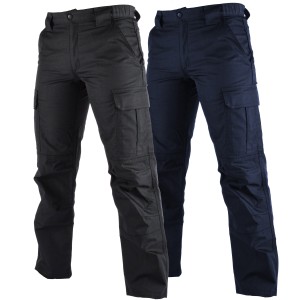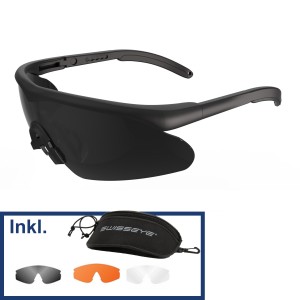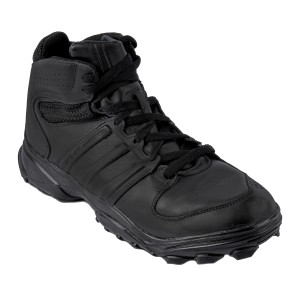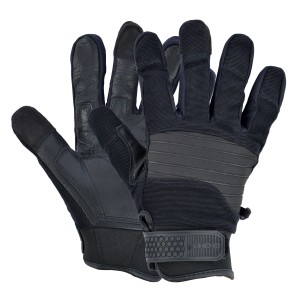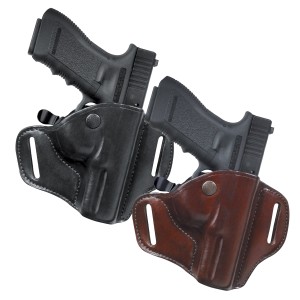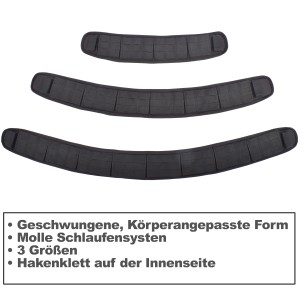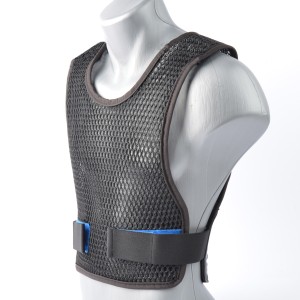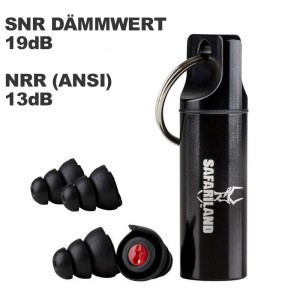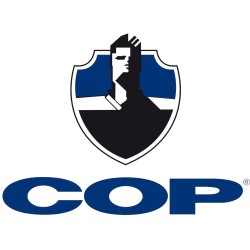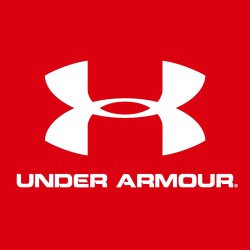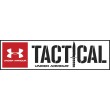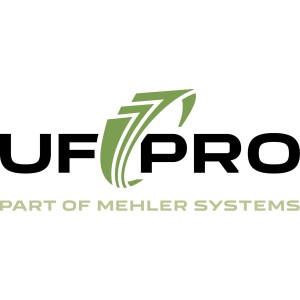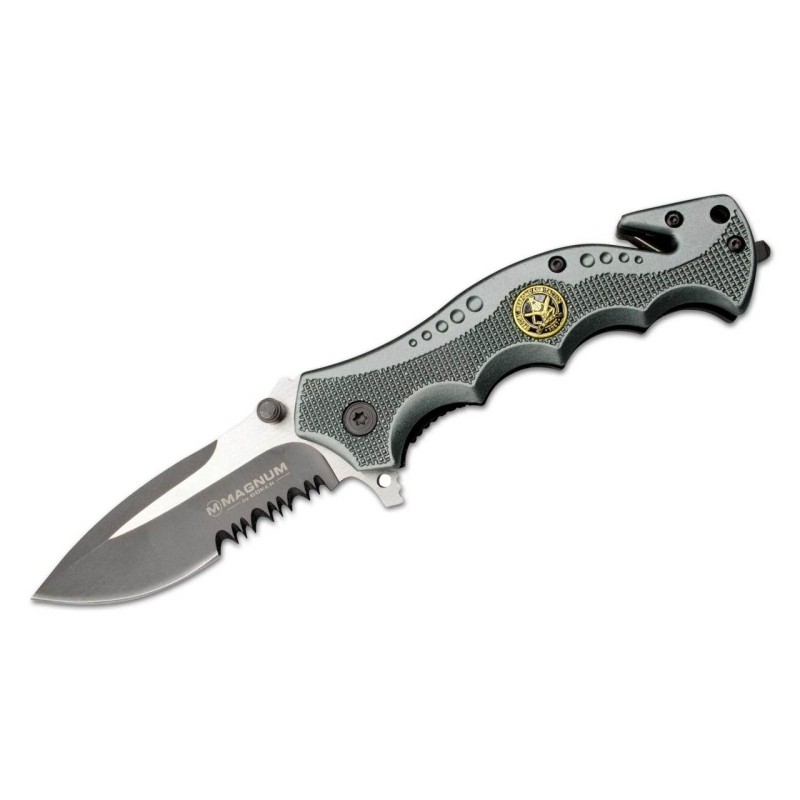Color: silver blade, silver aluminum handle
Blade: 8,5 cm
Total length: 19.5 cm (open)
Blade thickness: 2.6 mm
Weight: 135 g
50/50 blade
Incl. Clip and catch strap eyelet
This knife reflects the courage and professionalism of the specialists who put their lives at risk in dangerous police operations.
The stainless blade of 440 stainless steel is provided with an attractive two-tone finish and locks over the liner lock.
The anthracite-colored handle has a plaque, which the S.W.A.T. Logo shows.
The glass breaker, the partial shaving, the belt cutter and the spring support mechanism are highly functional.
Stainless steel is a name for both alloyed and unalloyed steels, which have a particularly high degree of purity.
High-purity steel
In the case of metallic materials, the degree of purity refers to the content of inclusions of such substances in a material which has an influence on its use properties. Inclusions arise during the production of a material. In steel production, this occurs either during the melt in the blast furnace, in which small amounts of refractory materials enter the molten steel (exogenous inclusions) or by the so-called deoxidation (endogenous inclusions). In this process, a deoxidizer (such as aluminum scrap) is added to the steel melt, which reacts with the oxygen enclosed in it to form alumina, thus leading to the removal of oxygen, which prevents air bubbles from forming in the steel. Larger amounts of endogenous and exogenous inclusions are generally undesirable as they adversely affect the utility properties of the steel.
Requirements
In the case of stainless steels, inclusions (such as, for example, aluminum or silicon) are either already removed from the melt during the production process or by a subsequent heat treatment of the (already solid) steel. The proportion of the remaining inclusions remaining thereafter, so that steel can still be classified as stainless steel, is determined by the institutions responsible for standardization for each individual material. In the European Union, the definition of stainless steels is based on the European standard EN 10027-2, adopted by the European Committee for Standardization (CEN). According to it, unalloyed stainless steels carry the steel group numbers (material numbers) 10 to 18, and alloyed steels the steel group numbers 20 to 89.
Stainless steel not stainless steel
Not applicable is the equilibrium of stainless steel and stainless steel (or non-rusting steel), as is often the case in colloquial speech. Neither are all stainless steels non-rusting, nor all non-rusting steels are stainless steels. The requirements for stainless steel are precisely defined and can be fulfilled by stainless steels, but this does not necessarily have to be the case.
The "liner lock" (alternative spelling: liner lock) is a locking mechanism, which is used mainly for single-handed knives. Knives equipped with this mechanism are therefore also called liner lock knives.
The mechanism that was invented twice
The Liner-Lock was already invented in the USA at the end of the 19th century and was also patented there in 1906. However, this early version of the liner lock was not yet open with one hand. The first one-hand operated liner lock knife was developed only after the patent for the original version of the liner lock had run out. The one-hand operated liner lock knife was designed by Michael Walker, an American knife maker. He launched the improved liner lock, also known as Walker Liner Lock, in the 1980s.
Separate closure board
The special feature of the liner lock is that there is a separate plate between the handle shells, which locks or releases the blade, which was designated for the liner lock mechanism. Because the board means "liner" and lock "lock", a liner lock is a "board lock". The board is slightly bent inwards. It protrudes slightly beyond the underside of the handle cups in the front area so that it can be operated from the outside. The board of a liner lock is usually made of a very hard metal, such as stainless steel or titanium, since it is intended to reliably retain the blade even under high pressure.
One-handed operation
The liner lock mechanism works as follows: When the blade is closed, the board is pushed aside by the folded-in blade. When the blade is unfolded, it releases the space for the inward-pushing plate, which engages under the end of the blade and thus locks the blade. To unlock the blade again, the board must be manually moved sideways so that the blade can be released and folded. In the modern liner locks, which have been customary since the 1980s, this operation can be carried out with one hand, which has led to the widespread use of this locking mechanism.
Shaft grinding is the cutting edge of a knife blade in the form of a wave, which is used with some kitchen knives (for example, bread knives), more rarely also with survival knives. In addition to blades, where the wavy edge extends over the entire length of the blade, there are also those with partial waving.
Special shape
In the case of shaving, the cutting edge has comparatively few contact points with the cut material. The consequence of this is that the pressure exerted at the contact points is higher than if the cutting edge were in full contact with the cut material, as is the case with a conventional straight cutting edge. At the same time, the incisors, which are slightly curved backwards, strike the material to be cut at a steeper angle than a straight cutting edge, penetrating deeper into the material to be cut.
Tear instead of cutting
Blades with a wavy edge tear rather than cut. For they do not already provide the cut material with a straight cut at the first impingement, but at first only a multiplicity of small cracks, which are only joined by the repeated cutting movement to a continuous cutting line. Another special feature of the wave bead is that it increases the absolute length of the blade. In addition, the arcuate design of the individual shafts ensures that the cutting edge penetrates into the material to be cut both during the preliminary and the backward movement - even when it is moved in such a way that the cutting teeth point away from the cut material with their tips.
Advantages and disadvantages
Because of their specific shape, the blades are well-suited for cutting material which is hard on the outside and soft on the inside (such as bread with a firm crust), where a straight cutting edge slides easily (as with ropes and ropes). A disadvantage of blades with a wavy edge is, however, that they cut less smoothly and precisely than those with a straight edge. Moreover, they can not be sharpened with a classic grindstone, since each saw tooth has to be ground individually.


